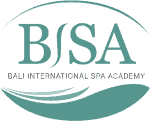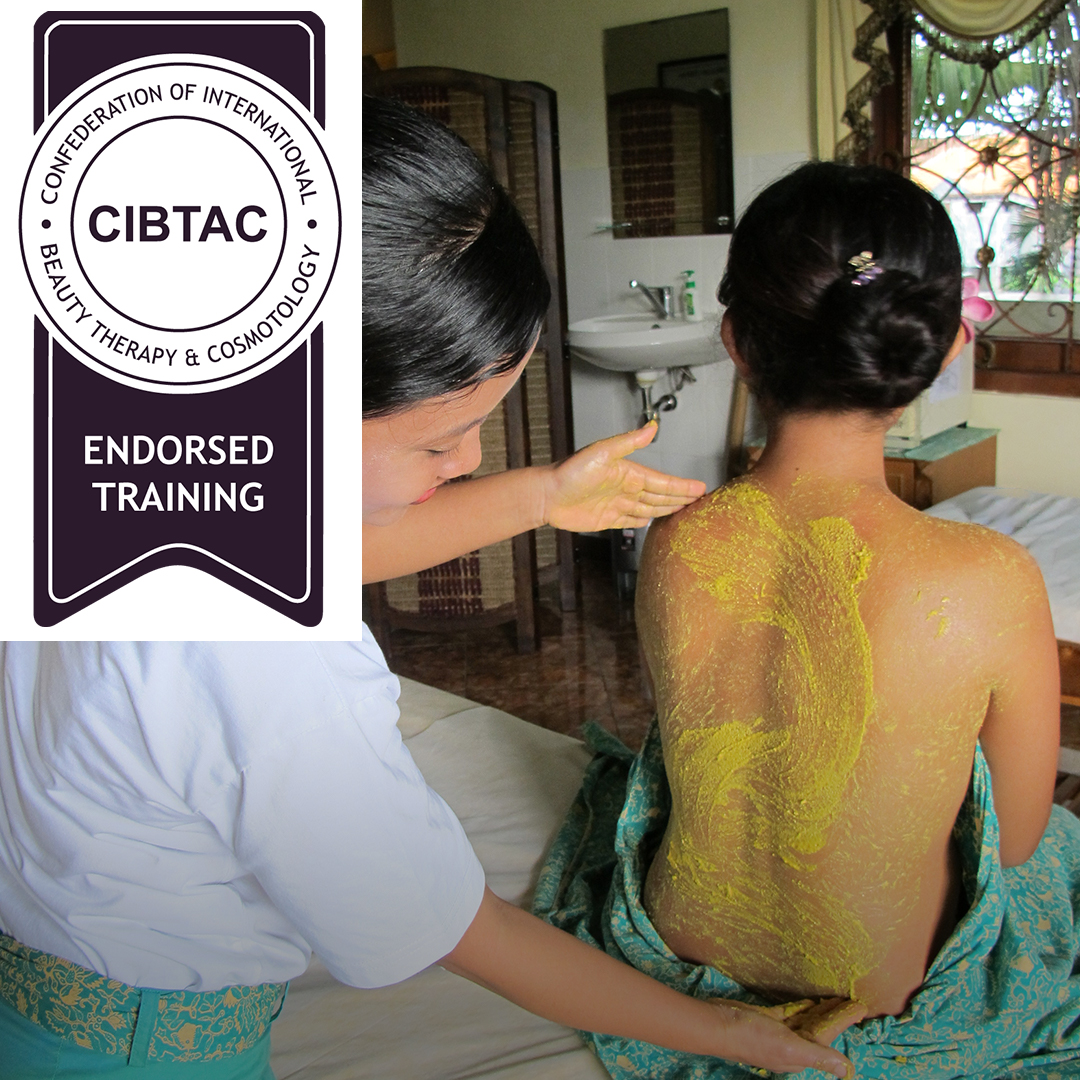15 Days CIBTAC Certificate in Body (Swedish) Massage + CIBTAC Endorsed Body Traditional Scrubs & Body Wraps
Price: $2500.00
Upgrade to receive a CIBTAC qualification
Exam date: January 2025 | Registration for these exams will be open from August 2024 to September 2024
Saturday and Sunday time to enjoy all the splendours Bali has to offer
“The Island of the Gods”
Who is this course for?
Given that no previous experience is necessary, this program is suitable for beginners who are interested in learning and mastering these massage techniques and gaining a foundational understanding of anatomy and physiology. If your goal is to pursue a career in Massage Therapy or simply want to acquire new skills for personal enrichment and well-being. This is a great starting point for you.
Pre- requisite for all Bali BISA CIBTAC Endorsed Programs: CIBTAC Certificate in Body Massage
Price Includes:
- Monitor & Maintain Health & Safety in the Spa/Salon
- Provide Body Massage (Swedish)
- Anatomy & Physiology Home study
- Traditional Scrubs & Body Wraps Massage
- Training Manuals
- Traditional Scrubs & Body Wraps Training Video
- Swedish Massage Training Video
- Clients for your practical sessions
- CIBTAC Endorsed Certificate for Traditional Scrubs & Body Wraps Massage.
- CIBTAC Certificate for Certificate in Swedish Massage.
Contact us for more information


